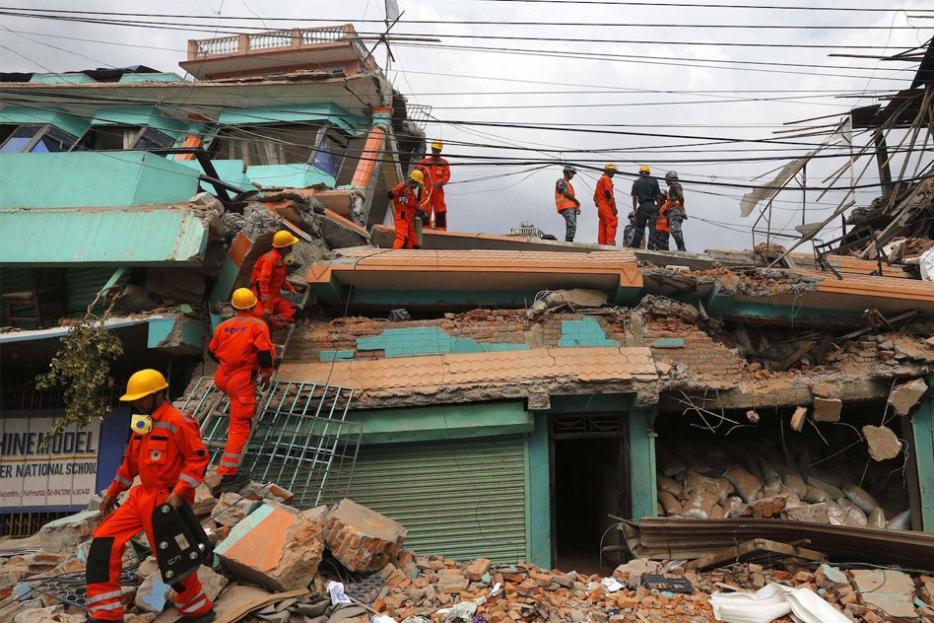How Can Satellite Data Improve Disaster Management?
Disasters, both natural and man-made, have become increasingly frequent and severe in recent years, causing widespread devastation and loss of life. Effective disaster management is crucial for minimizing the impact of these events and saving lives. Satellite data has emerged as a powerful tool that can significantly improve disaster management efforts by providing timely, accurate, and comprehensive information.

Satellite Data Applications In Disaster Management
- Early Warning Systems: Satellite data is used to monitor and predict natural disasters such as hurricanes, floods, earthquakes, and wildfires. By tracking weather patterns, sea levels, and seismic activity, satellites can provide early warnings to vulnerable communities, allowing them to take precautionary measures and evacuate if necessary.
- Damage Assessment: After a disaster strikes, satellite imagery can be used to assess the extent and severity of the damage. This information is crucial for coordinating relief efforts, allocating resources, and planning recovery operations. Satellite imagery can also be used to identify critical infrastructure that has been damaged, such as roads, bridges, and power lines.
- Communication and Connectivity: Disasters often disrupt communication networks, making it difficult for affected communities to reach emergency services and coordinate relief efforts. Satellite technology can provide reliable communication channels in these situations, allowing救援人员 to communicate with each other and with affected communities.
- Resource Allocation and Logistics: Satellite data can be used to identify critical infrastructure and resources, such as hospitals, schools, and food distribution centers. This information can help disaster management agencies allocate resources efficiently and optimize relief efforts.
Benefits Of Satellite Data In Disaster Management
- Timely and Accurate Information: Satellite data provides real-time information that is essential for effective disaster management. This information can help decision-makers make informed decisions quickly, saving lives and minimizing damage.
- Wide Area Coverage and Accessibility: Satellites can monitor large areas of the Earth's surface, including remote and inaccessible regions. This makes satellite data particularly valuable for disaster management in areas that are difficult to reach by traditional means.
- Cost-Effectiveness and Efficiency: Satellite data is a cost-effective way to collect information over large areas. It can also help streamline disaster management processes, reducing the time and resources required for response and recovery.
Challenges And Limitations Of Satellite Data
- Data Accessibility and Availability: Accessing and processing large volumes of satellite data can be challenging, especially during disasters when infrastructure may be damaged. Additionally, the availability of satellite data can be limited by factors such as cloud cover and weather conditions.
- Data Interpretation and Expertise: Interpreting and analyzing satellite data requires specialized skills and expertise. Disaster management agencies need to invest in training and capacity building to ensure that they have the personnel necessary to effectively use satellite data.
- Data Integration and Interoperability: Integrating satellite data with other data sources, such as ground-based sensors and social media data, can be challenging. Additionally, the lack of interoperability standards and protocols can hinder the effective sharing of satellite data between different organizations.
Satellite data has the potential to revolutionize disaster management by providing timely, accurate, and comprehensive information. By investing in satellite technology and capacity building, disaster management agencies can improve their ability to predict, respond to, and recover from disasters, saving lives and minimizing damage.
YesNo

Leave a Reply